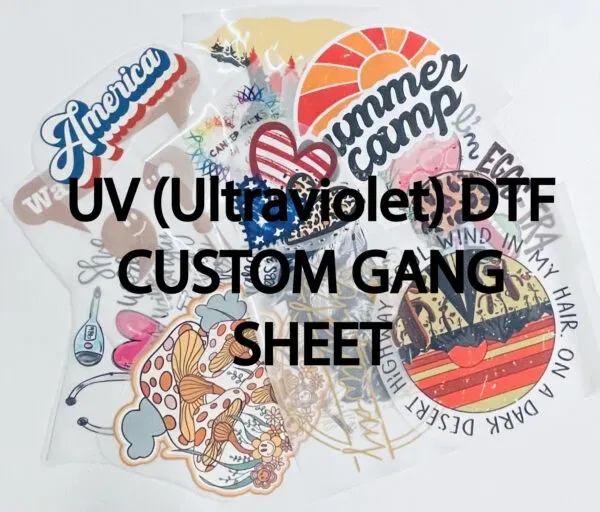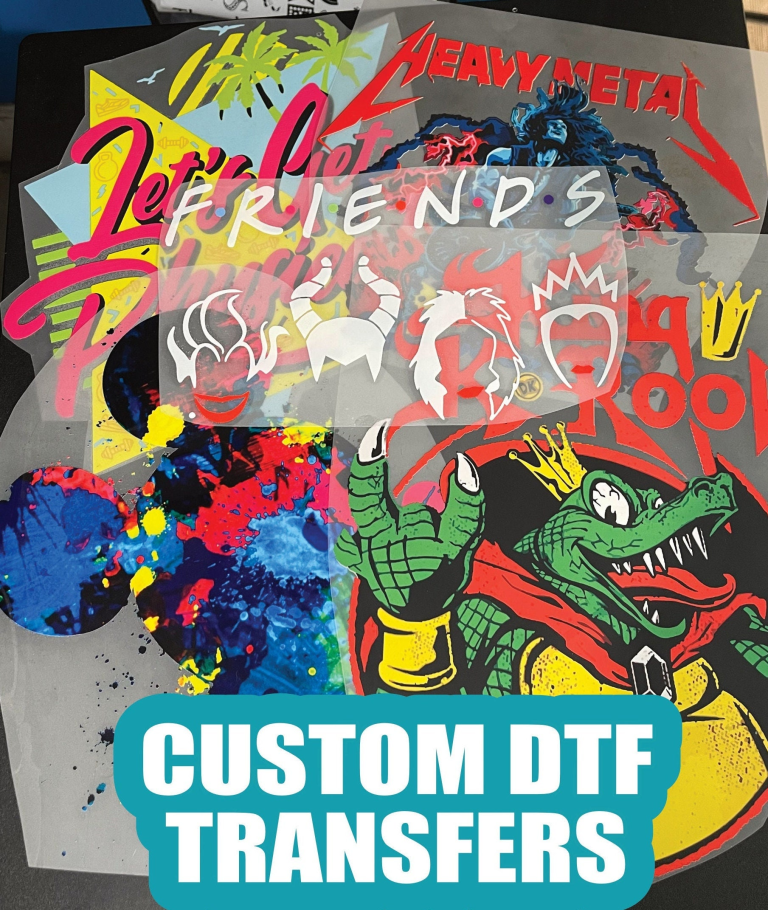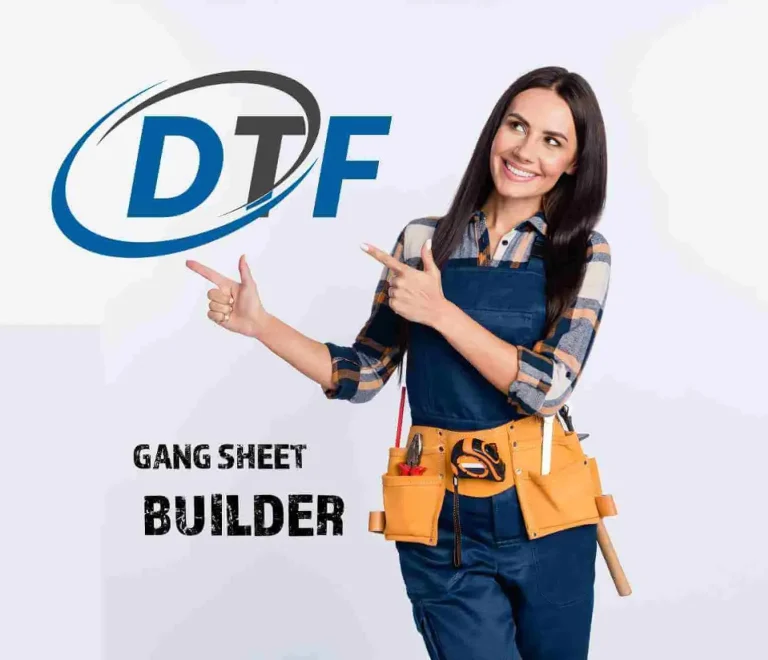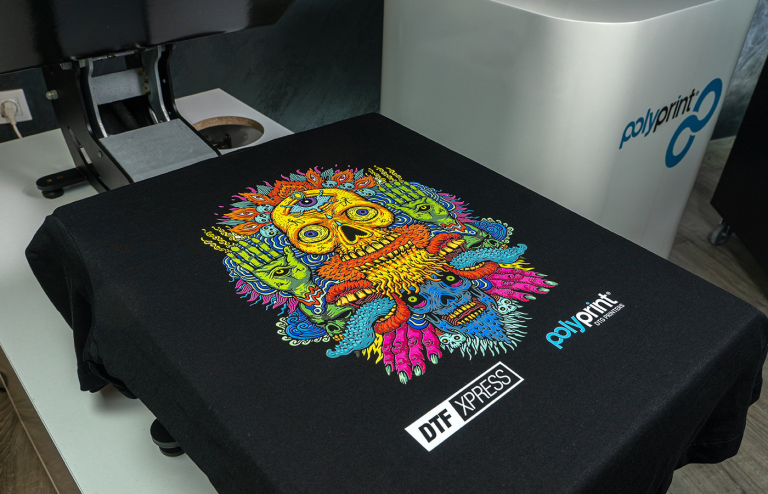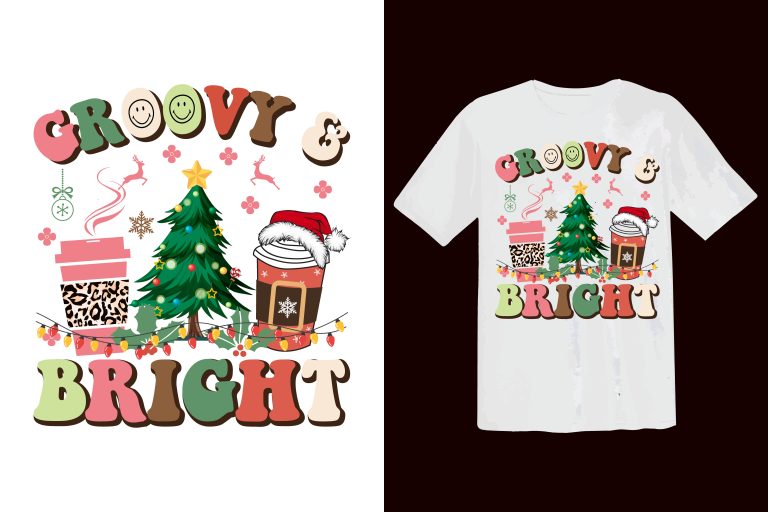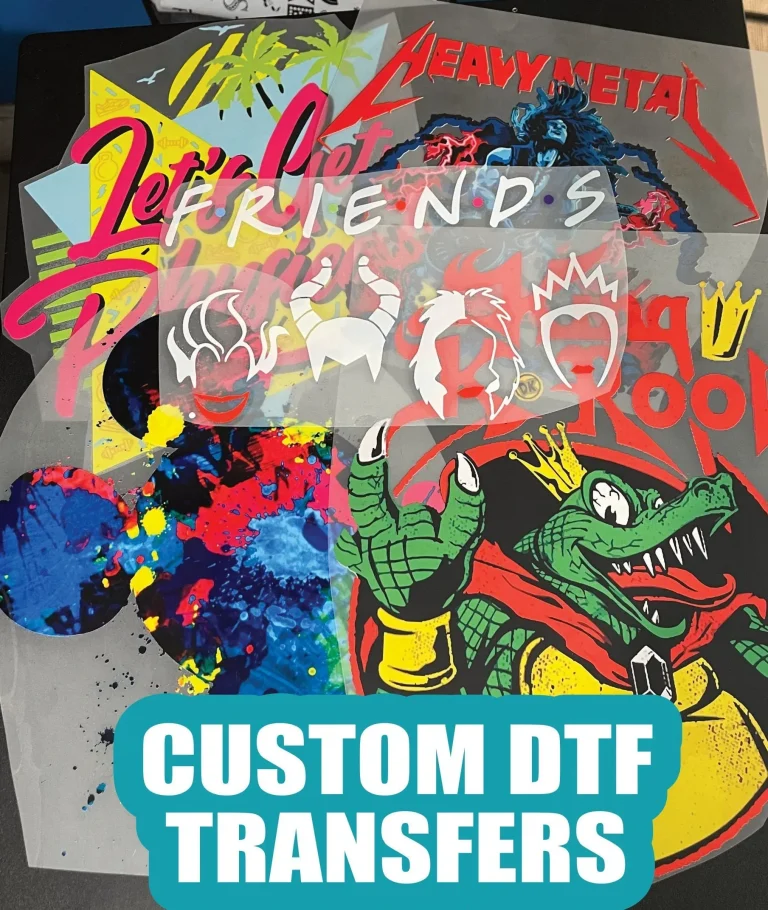DTF Transfers: The Future of Custom Printing Solutions
In the thriving world of custom printing, DTF transfers (Direct-to-Film transfers) are making waves for their innovative technology and outstanding results. As businesses and consumers alike seek quality custom apparel, DTF printing technology provides a unique solution that seamlessly merges creativity and affordability. This cutting-edge method allows for vibrant color reproduction and intricate designs, setting a new standard in the custom printing industry. Not only does it promise rapid production and cost-efficiency, but it also aligns with sustainable printing practices, making it a forward-thinking choice. Dive into the exciting realm of DTF transfers to discover why they are transforming the landscape of personalized printing.
Emerging as a frontrunner in the realm of textile decoration, direct-to-film transfers are revolutionizing how designs are conveyed onto various fabrics. This advanced printing technique stands out for its ability to create stunning visuals with remarkable durability, catering to the growing demand for high-quality custom garments. With its versatile applications spanning multiple material types, direct-to-film printing facilitates an expansive array of products, from apparel to promotional items. As sustainability becomes an increasingly vital consideration for today’s consumers, this innovative method also embodies eco-friendly principles, promising minimal waste and the use of environmentally conscious inks. Join us as we explore the transformative impact of this modern approach to printing, which is essential for businesses aiming to meet evolving customer needs.
The Benefits of DTF Printing Technology
Direct-to-Film (DTF) printing technology represents a transformative approach in the realm of custom printing, delivering benefits that resonate with both businesses and consumers. The digitization of the printing process offers enhanced quality, allowing for detailed designs and vivid colors that can outshine traditional methods. With the ability to print on various materials, DTF transfers are ideal for custom apparel and personalized merchandise, accommodating trends and individual preferences effectively.
Beyond its aesthetic advantages, DTF technology boasts impressive practical benefits. Compared to conventional techniques, such as screen printing, DTF allows for lower setup costs and a quicker turnaround time. This efficiency is vital for small and medium-sized enterprises looking to provide bespoke products without the burden of significant initial investment. The result is a perfect blend of quality, speed, and affordability that is becoming increasingly sought after.
Cost-Effective Solutions for Businesses
Understanding the financial dynamics of custom printing is essential for businesses, and DTF transfers provide a compelling solution. By streamlining the production process and minimizing waste, DTF printing allows businesses to compete effectively without overshooting their budgets. Gone are the days when hefty overhead costs associated with setup and labor hindered small businesses from offering customized designs; DTF technology democratizes quality printing.
The adaptability of DTF printing to cater to both small batches and large orders enables businesses to diversify their product lines without fear of incurring heavy losses. This scalability is particularly beneficial in a marketplace that increasingly values personalization, empowering entrepreneurs to explore various offerings and respond quickly to emerging trends based on customer demand.
Durability and Quality Assurance in Apparel
A standout feature of DTF transfers is their durability, which is crucial for quality custom apparel. Customers today demand products that not only look good but can endure regular wear and washing. DTF technology meets these expectations by producing prints that resist fading and cracking over time, ensuring that designs maintain their integrity.
This commitment to quality not only enhances consumer satisfaction but also bolsters brand reputation in a competitive marketplace. Businesses can take pride in offering long-lasting products, aligning their offerings with consumer expectations for sustainability and resilience. The emphasis on durability within DTF printing establishes a new benchmark for quality assurance that consumers increasingly value.
Versatility Across Materials and Designs
One of the most attractive aspects of DTF printing is its versatility across different material types. From cotton to polyester and synthetic blends, DTF transfers can adapt to numerous fabric substrates, providing businesses the freedom to create a diverse array of products. This breadth of application enables brands to cater to various markets, enhancing their overall product offerings.
Moreover, the ability to customize everything from clothing to promotional items with intricate designs allows brands to stay competitive in a rapidly evolving industry. With consumer desires becoming more personalized, the adaptability of DTF printing techniques ensures that businesses can meet these demands effectively, tapping into new trends and expanding their market reach.
Eco-Friendly Innovations in DTF Printing
In an age where environmental awareness is paramount, DTF printing stands out for its sustainable practices. The integration of eco-friendly inks and low-waste production methods reflects a commitment to reducing the industry’s environmental footprint. By adopting DTF technology, businesses can align with consumer desires for responsible and sustainable manufacturing alternatives, thus fostering a positive corporate image.
Furthermore, the ongoing innovations within the DTF printing realm indicate a continuing focus on sustainability. Brands that embrace these eco-friendly practices not only enrich their product offerings but also attract a customer base that is increasingly prioritizing environmental considerations, ensuring that they remain relevant in a conscientious marketplace.
Emerging Trends in the DTF Printing Market
The growth trajectory of DTF printing is indicative of a significant shift in the custom printing landscape. As businesses increasingly realize the benefits of DTF technology, such as cost-effectiveness and adaptability, the demand for these services has surged. Analysts predict that DTF methods will dominate the market as more companies transition from traditional printing practices to embrace this innovative alternative.
This upward trend not only signifies confidence in DTF technology but also encourages continual improvement and enhancement within the sector. Businesses adopting DTF processes position themselves strategically to lead in custom apparel and other printed products, solidifying their place in a competitive market that increasingly prioritizes efficiency, customization, and quality.
Frequently Asked Questions
What are DTF transfers and how do they differ from other custom printing methods?
DTF transfers, or Direct-to-Film transfers, are an advanced custom printing technique that involves printing designs on a special film before heat-pressing them onto fabric. Unlike traditional methods like screen printing, DTF allows for vibrant colors and intricate details, making it ideal for quality custom apparel. This technology is more cost-effective and efficient, particularly for small-to-medium runs, allowing businesses to offer personalized products without significant setup costs.
Why should I choose DTF printing technology for my custom apparel needs?
Choosing DTF printing technology for your custom apparel offers unmatched quality and durability. DTF transfers are known for their excellent wash resistance, ensuring that colors remain vibrant over time. Additionally, this method accommodates a variety of fabrics, from cotton to polyester, providing versatility in product offerings. The cost-effectiveness of DTF printing makes it a smart choice for businesses looking to deliver high-quality custom designs to their customers.
How do DTF transfers contribute to sustainable printing practices?
DTF transfers significantly contribute to sustainable printing practices through innovations in eco-friendly inks and low-waste production methods. This technology minimizes environmental impact compared to traditional printing techniques, aligning with consumer demands for responsible manufacturing. By adopting DTF printing, brands can showcase their commitment to sustainability while meeting the growing demand for quality custom apparel.
What types of fabrics can be used with DTF printing technology?
DTF printing technology is impressively versatile and can be used on a wide range of fabrics, including cotton, polyester, and blends. This flexibility makes it ideal for producing various custom apparel items like t-shirts, hoodies, and accessories. Businesses can cater to diverse customer preferences without the restrictions imposed by traditional printing methods.
How does DTF printing enhance the quality of custom products?
DTF printing enhances the quality of custom products by providing superior durability and vibrant color output. The transfer process ensures that designs withstand repeated washes without fading, making them ideal for everyday wear. This high level of quality assurance is crucial for businesses aiming to deliver exceptional custom apparel that satisfies customer expectations.
What market trends are driving the adoption of DTF transfers in the custom printing industry?
Market trends indicate a rapid adoption of DTF transfers due to their cost-effectiveness, superior quality, and adaptability to various materials. As more businesses recognize the benefits of DTF printing technology, it is expected to dominate the custom printing landscape. Analysts predict that brands incorporating DTF will thrive in an increasingly competitive market, positioning themselves as leaders in innovative and personalized product design.
| Key Point | Description |
|---|---|
| Technology Advancements | DTF transfers utilize advanced technology to print vibrant, intricate designs on fabrics, making them ideal for custom apparel and promoting goods. |
| Cost-Effectiveness and Efficiency | By significantly reducing setup costs, DTF printing allows businesses to produce small-to-medium runs economically, enhancing operational efficiency. |
| Quality and Durability | DTF transfers offer superior wash resistance and durability, ensuring long-lasting vibrancy and design integrity, appealing to quality-conscious customers. |
| Versatility Across Materials | DTF printing works on various fabrics like cotton and polyester, allowing for a wide range of custom products without the limitations traditional methods impose. |
| Sustainability Potential | With eco-friendly inks and low-waste production processes, DTF printing aligns with consumer demand for responsible manufacturing practices. |
| Market Trends and Adoption | Rapid growth in the DTF market indicates a strong trend towards adoption, positioning businesses utilizing DTF as leaders in custom printing innovation. |
Summary
DTF transfers are emerging as a transformative force in the custom printing industry, distinguished by their innovative technology and impressive output quality. As businesses increasingly adopt DTF printing, they are discovering its ability to produce vibrant, durable designs while maintaining cost-effectiveness, especially for small to medium runs. The versatility of DTF technology allows for applications across a range of materials, further expanding product offerings and customization options. Additionally, DTF printing aligns with growing consumer preferences for sustainability, providing eco-friendly solutions in production. By embracing this innovative printing method, businesses can not only enhance their competitiveness in a rapidly evolving market but also cater to the rising demand for personalized, high-quality products that resonate with today’s eco-conscious consumers.


